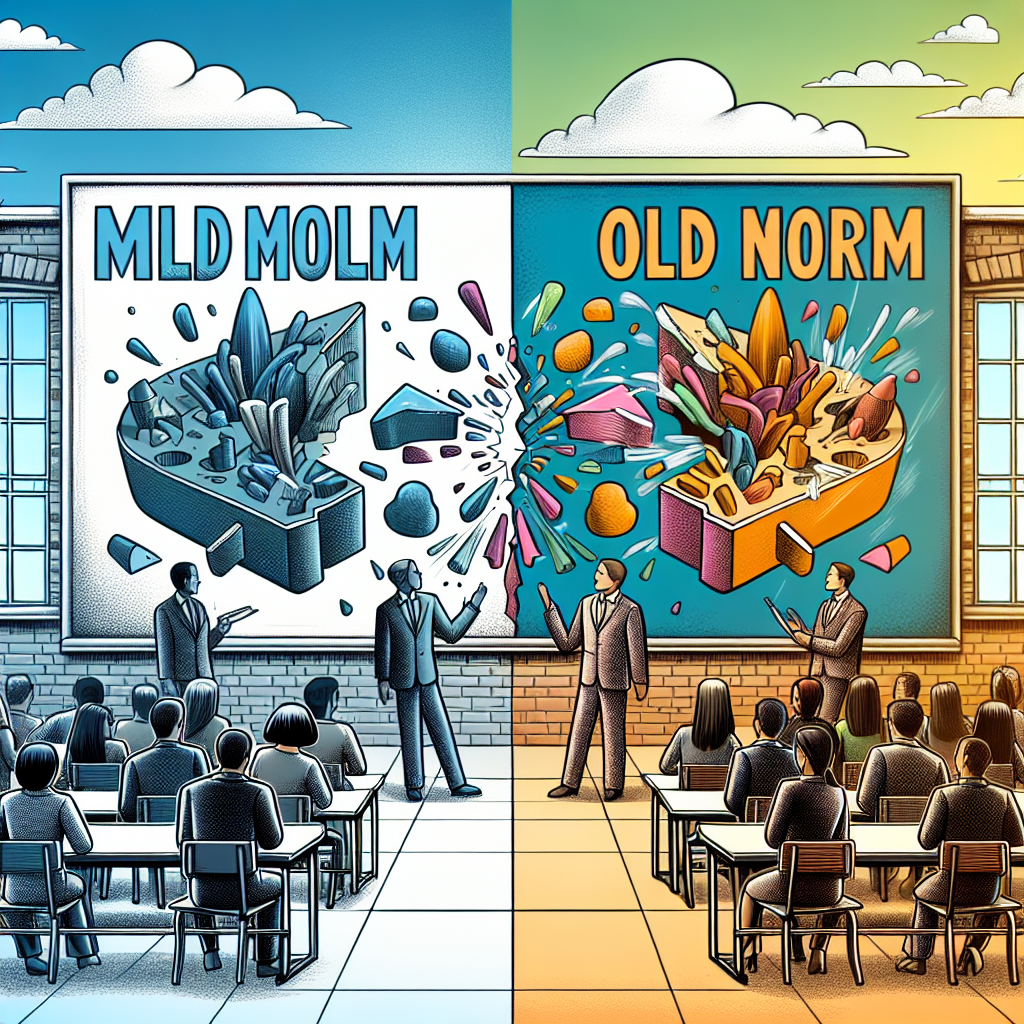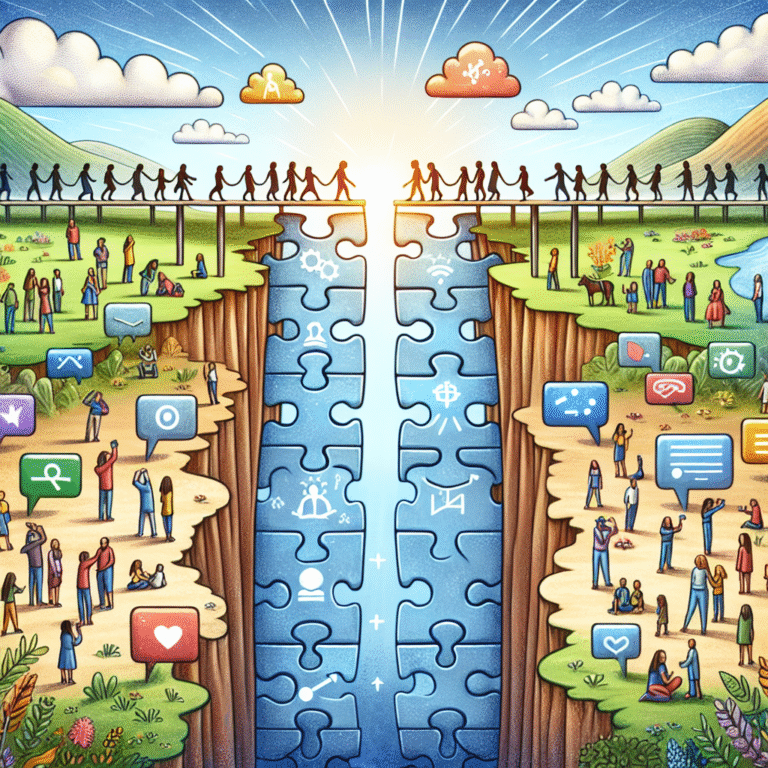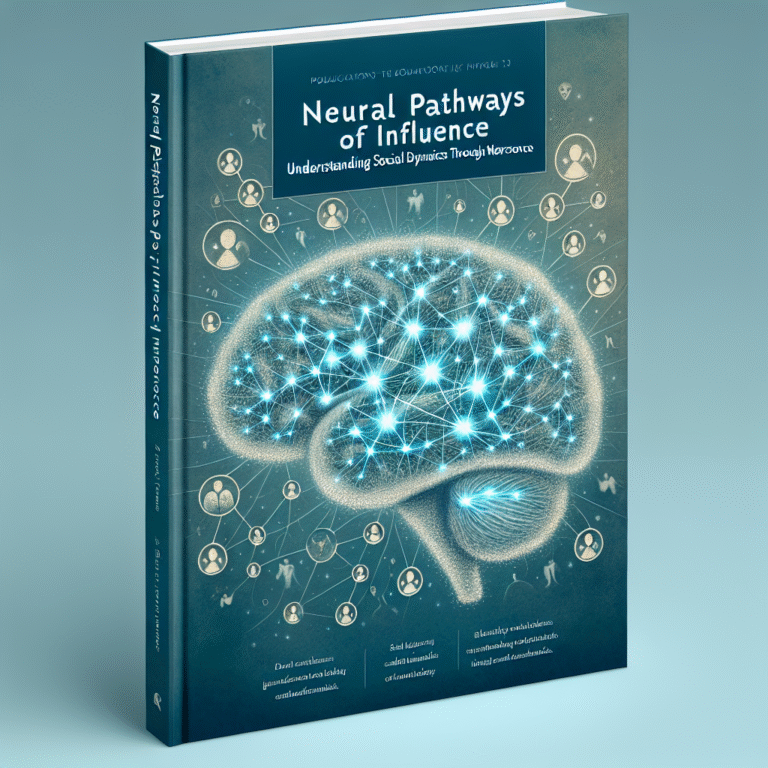
Introduction
In a world that often feels defined by rigid expectations and timeworn conventions, the real spark of progress comes from those brave enough to break the mold. Breaking the Mold: When Challenging Social Norms Leads to Progress is not just a catchy phrase; it’s a fundamental principle that drives innovation, social change, and personal growth. By challenging established norms, individuals and communities can unlock unprecedented opportunities, foster inclusivity, and drive systemic transformation. In this article, we will explore the powerful impact of challenging social norms and showcase how those bold enough to defy convention are often the architects of progress.
The Power of Social Norms
Defining Social Norms
Social norms are the unwritten rules that govern behavior within a group. They dictate what is considered acceptable or unacceptable, shaping everything from fashion choices to political beliefs. While norms provide structure and a sense of belonging, they can also stifle creativity and individuality.
The Role of Social Norms in Shaping Behavior
Social norms work like a double-edged sword. On one hand, they promote social order; on the other, they can enforce conformity and suppress dissent. When a society collectively adheres to outdated or harmful norms, it can hinder progress and perpetuate inequalities. Understanding this dynamic offers insight into why breaking the mold is not just beneficial but essential.
Breaking the Mold: Pioneers of Change
Case Study 1: Rosa Parks and the Montgomery Bus Boycott
Rosa Parks’ refusal to give up her seat on a segregated bus in 1955 is a classic example of challenging societal norms. Her courageous stand against racial discrimination ignited the Montgomery Bus Boycott and significantly advanced the Civil Rights Movement. By breaking the mold, Parks not only changed public perceptions but also mobilized countless others to take action.
Analysis: Parks’ defiance demonstrated that challenging norms could spur powerful social movements and inspire change across generations.
Case Study 2: Body Positivity and Social Media Activism
In recent years, the body positivity movement has disrupted traditional beauty standards that have long been upheld by society. Activists like Jessamyn Stanley and Ashley Graham use social media platforms to advocate for body acceptance, promoting the idea that beauty comes in all shapes and sizes.
Analysis: This movement illustrates how platforms that break away from conventional advertising and media can empower marginalized voices and redefine societal standards, leading to greater inclusivity.
Case Study 3: Same-Sex Marriage Legalization
The fight for same-sex marriage serves as another compelling example of breaking the mold. Activists challenged longstanding perceptions of marriage and relationships, culminating in the landmark Supreme Court decision in 2015 that legalized same-sex marriage across the United States.
Analysis: By challenging entrenched societal norms, these activists ushered in a new era of civil rights, proving that persistence and courage can shift social paradigms and foster equality.
The Benefits of Breaking the Mold
Fostering Innovation
When individuals challenge the status quo, they create a breeding ground for innovation. Organizations that encourage this behavior often see enhanced creativity, diverse ideas, and increased problem-solving capabilities.
| Innovation Benefit | Impact |
|---|---|
| Increased creativity | New solutions to problems |
| Diverse perspectives | Broader understanding |
| Reduced groupthink | Enhanced decision-making |
Promoting Inclusivity
Challenging social norms can make room for underrepresented voices and perspectives. By breaking the mold, societies can create environments that celebrate diversity rather than suppress it. This fosters a sense of belonging, encourages participation, and ultimately leads to a more equitable society.
Driving Systemic Change
Often, breaking the mold brings attention to systemic issues. When conventional practices are challenged, it opens dialogues about reform and can lead to robust policies that reflect the needs of diverse populations.
Overcoming Resistance to Change
Identifying Resistance
When challenging social norms, resistance is often encountered. This can manifest as social ostracism, political pushback, or institutional barriers. Understanding the sources of resistance is crucial for effective advocacy.
Strategies for Overcoming Resistance
Education: Raising awareness about the issues at hand and the benefits of change can mitigate resistance.
Coalition Building: Partnering with like-minded individuals or organizations can amplify voices and create a stronger front for advocacy.
- Empathy and Dialogue: Engaging in conversations that cultivate understanding can help bridge divides and ease tensions surrounding challenging norms.
The Role of Technology in Breaking the Mold
Social Media as a Catalyst
In today’s digital age, social media platforms serve as invaluable tools for those wishing to challenge societal norms. Activists can share their messages, connect with a global audience, and mobilize support much more easily than ever before.
Data-Driven Insights
Data analytics can also aid in understanding which societal norms are most outdated or harmful, providing concrete evidence for those advocating for change. For instance, studies showcasing the mental health ramifications of unrealistic beauty standards have propelled movements aimed at reform.
| Technology Impact | Statistical Evidence |
|---|---|
| Amplified voices through social media | 70% of social activists credit social media with mobilizing support |
| Data analytics revealing disparities | 55% of people believe their understanding of societal issues improved through data |
Actionable Insights for Breaking the Mold
Embrace Individuality
Encourage self-expression and celebrate differences. When we embrace our unique identities, we cultivate a community that values authenticity.
Find Your Tribe
Connect with others who challenge norms in similar ways. Building a support system can empower you to take bold steps and inspire change.
Take Small Steps
Breaking the mold doesn’t require a grand gesture. Small, consistent actions can create ripples of change. Start conversations, question assumptions, and lead by example.
Conclusion
Breaking the Mold: When Challenging Social Norms Leads to Ultimate Progress reveals an undeniable truth: progress is often rooted in the courage to question, challenge, and redefine the world around us. From Rosa Parks to social media influencers, history has shown us that those who dare to break free from conformity pave the way for innovation, inclusivity, and systemic change. As you go forth, remember that you hold the power to challenge norms, ignite conversations, and inspire progress within your community. Your voice matters; let it be heard.
FAQs
1. What are social norms?
Social norms are unwritten rules that dictate acceptable behavior within a group or society, shaping everything from fashion to beliefs.
2. Why is it important to challenge social norms?
Challenging social norms can lead to positive social change, drive innovation, and promote inclusivity. It is essential for addressing inequalities and fostering growth.
3. How can I start breaking the mold in my community?
Begin by embracing your individuality, seeking support from like-minded individuals, and initiating conversations about challenging norms.
4. What are some examples of successful norm-challenging movements?
Examples include the Civil Rights Movement, the body positivity movement, and the fight for same-sex marriage, all of which have led to significant societal changes.
5. What role does technology play in challenging social norms?
Technology, particularly social media, amplifies voices advocating for change and provides platforms for discussion and mobilization, making it easier for movements to gain traction.
This in-depth exploration of breaking the mold and challenging social norms serves as both a guide and an inspiration for those looking to create lasting impact. Remember, progress often starts with one brave step!











